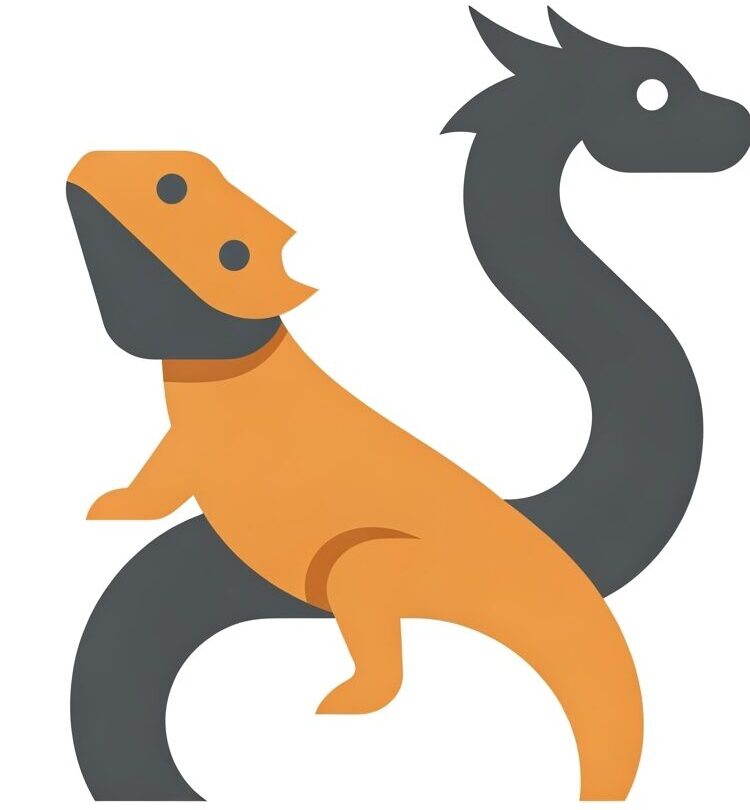Why is My Leopard Gecko Refusing Food? Common Causes Explained
It can be unsettling when your Leopard Gecko, usually a voracious eater, suddenly refuses to eat. This article will explore the common reasons why your gecko might be off their food and provide guidance on when to seek professional veterinary help.
Understanding Refusing Food in Leopard Geckos
While occasionally skipping a meal or two isn’t always cause for alarm, prolonged refusal of food in Leopard Geckos is rarely normal and usually indicates an underlying issue that needs to be addressed. It’s important to carefully assess the situation to determine the root cause.
Common Causes for Refusing Food
Several factors can contribute to your Leopard Gecko’s refusal to eat. Here are some of the most common:
-
Environmental Issues: Leopard Geckos are highly sensitive to their environment. Incorrect temperature, humidity, or lighting can significantly impact their appetite.
- Temperature: If the basking spot is too cold, your gecko won’t be able to properly digest their food and might not eat. Conversely, if it’s too hot, they may become stressed and lose their appetite. Aim for a basking spot of around 90-95°F (32-35°C) and a cool side around 75-80°F (24-27°C).
- Humidity: While they are from arid regions, humidity that is too low (or, in some cases, too high) can cause problems. Proper shedding is particularly important, and inadequate humidity can lead to stuck shed around their eyes or toes, making them uncomfortable and less likely to eat. Target humidity of 30-40%.
- Lighting: Although Leopard Geckos don’t require UVB to survive, providing UVB and a proper day/night cycle can greatly improve their overall health and appetite.
-
Stress Factors: Stress is a significant appetite killer for Leopard Geckos.
- Handling: Excessive or rough handling can stress your gecko, especially if they’re not used to it.
- Changes in Environment: Major changes in their enclosure, like a new layout, a new tank mate (they should generally be housed alone!), or even a move to a new room, can be stressful.
- Loud Noises/Activity: Keep your gecko’s enclosure in a relatively quiet and low-traffic area to minimize stress.
- Other Pets: The presence of other pets, especially predators like cats or dogs, can be a constant source of stress, even if they can’t physically access the enclosure.
-
Health Problems: Various health issues can suppress a Leopard Gecko’s appetite.
- Parasites: Internal parasites are a common culprit for appetite loss. A fecal exam by a veterinarian can diagnose this.
- Impaction: If your gecko accidentally ingests substrate (like sand), it can cause an impaction in their digestive tract, preventing them from eating. This is more common when feeding on loose substrate. Use paper towels, reptile carpet, or tile instead.
- Mouth Rot (Infectious Stomatitis): A bacterial infection in the mouth can make it painful for your gecko to eat. Look for redness, swelling, or pus around the mouth.
- Shedding: Some geckos temporarily lose their appetite during shedding. It’s more common in younger geckos. Ensure proper humidity to aid the shed.
- Egg-Laying: Gravid (pregnant) females often lose their appetite.
-
Natural Instincts: Sometimes, a gecko’s refusal to eat is related to their natural instincts.
- Brumation (Dormancy): While not true brumation like some reptiles, Leopard Geckos can experience a period of reduced activity and appetite, especially during the colder months. This is more common in adults. This is not true hibernation.
- Food Preferences: It’s possible your gecko has just become a picky eater and prefers a different type of insect. Try offering variety, such as mealworms, crickets, dubia roaches, or waxworms (as a treat only).
- The insect itself: In some cases, the insects themselves might be the issue. If they are wild-caught, they can contain pesticides, or be the wrong size. Make sure they are a proper size for your gecko (roughly the width of the space between the eyes).
When You Should Be Concerned
While some reasons for refusing food are less serious, you should be concerned if you notice any of the following symptoms in addition to a lack of appetite:
- Lethargy (lack of energy)
- Significant weight loss (noticeable shrinking of the tail)
- Regurgitation (throwing up food)
- Abnormal feces (diarrhea, undigested food, blood) or urates (abnormal color or consistency)
- Swelling or lumps
- Difficulty breathing
- Neurological signs (twitching, head tilt)
- Stuck shed that doesn’t resolve with humidity
These signs could indicate a serious health problem that requires immediate veterinary attention.
What to Do Next
If your Leopard Gecko is refusing food, take these steps:
- Double-check all habitat parameters: Ensure the temperature, humidity, and lighting are within the ideal range. Use reliable thermometers and hygrometers.
- Observe your gecko closely: Look for any other signs of illness or stress. Note any changes in their behavior or appearance.
- Reduce potential stressors: Minimize handling, provide a quiet environment, and ensure their enclosure is secure.
- Offer fresh water daily: Dehydration can exacerbate other health problems.
- Review diet and hydration: Make sure their diet is properly dusted with calcium and multivitamin supplements.
- Consider recent changes: Have there been any changes in their environment, routine, or diet?
- Consult an exotic veterinarian: If the refusing food persists for more than a week, or if you notice any of the warning signs listed above, it is crucial to consult an exotic veterinarian experienced with reptiles. They can properly diagnose and treat any underlying health problems. Never attempt to self-diagnose or treat your gecko.
Conclusion
A Leopard Gecko refusing food can be concerning, but by carefully observing your gecko, assessing their environment, and addressing potential stressors, you can often identify the cause. Remember, professional veterinary advice is essential when health concerns arise, as early intervention is key to successful treatment.
